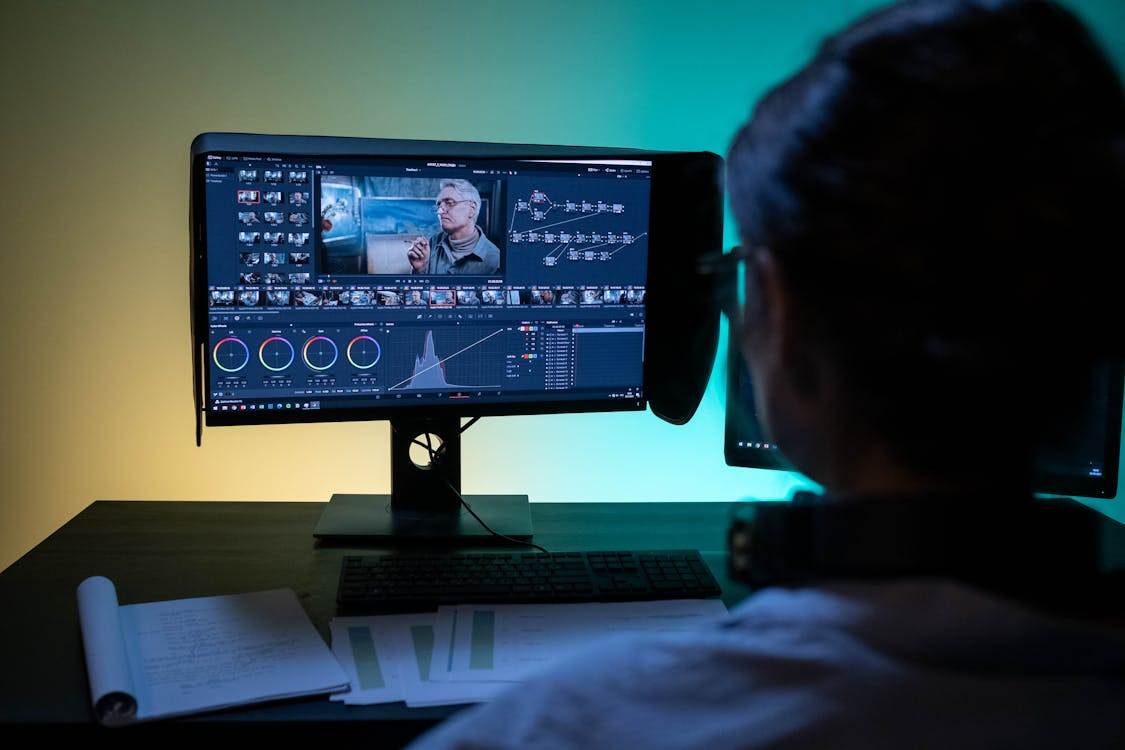In 2019, a Spanish-language thriller premiered globally on a major streaming platform. In Mexico, viewers praised its "seamless dialogue" and "uncanny understanding of our humor"; in Argentina, audiences grumbled about "clunky translations" that turned regional slang into generic phrases. A year later, the show’s second season saw a 37% higher renewal rate in Mexico than in Argentina. The difference? Not the plot, but the authenticity of its localization. This disparity highlights a critical truth: professional localization is not a cost center—it is an investment in long-term value, where authenticity becomes the invisible architect of customer loyalty, community, and sustained revenue.
To understand this, we must first redefine "return on investment" in the context of global content. Traditional ROI calculations often fixate on short-term metrics: Did the translation meet deadlines? Did it stay under budget? But this misses the bigger picture. Customer Lifetime Value (LTV)—the total revenue a user generates over their relationship with a brand—depends on repeated engagement, not one-time transactions. And authenticity is the fuel that drives this repetition.
Authenticity fosters emotional resonance, the bedrock of loyalty. When localization transcends literal translation to capture cultural nuance—whether a Korean drama’s honorifics, a French comedy’s regional idioms, or a Brazilian telenovela’s neighborhood slang—it signals respect for the audience. A 2023 study by Common Sense Advisory found that 76% of consumers prefer to buy from brands that communicate in their native language, but more importantly, 60% stop engaging with content that feels culturally tone-deaf. This isn’t just about comprehension; it’s about feeling seen. A viewer who laughs at a perfectly localized joke or nods at a familiar cultural reference isn’t just consuming content—they’re forming a bond. Over time, this bond translates to consistency: they return for the next season, recommend the show to friends, and overlook minor flaws because the brand "gets" them.
This individual loyalty scales into community, amplifying LTV exponentially. Communities thrive on shared understanding, and authentic localization creates a common language for connection. Consider the global phenomenon of Squid Game. Its Korean dialogue was localized with meticulous attention to class-specific slang—factory workers’ jargon, wealthy characters’ formal speech—that didn’t just translate words but preserved social dynamics. This precision turned passive viewers into active participants: on Reddit, fans debated the nuances of translated insults; on TikTok, they recreated scenes using the same localized phrases; in Brazil, a fan club organized watch parties where the subtleties of the script became the night’s main topic. These communities don’t just consume—they advocate. Netflix reported that regions with the most active Squid Game fan groups saw a 22% higher rate of subscription upgrades, as members encouraged each other to access exclusive content. Communities turn one-time viewers into brand ambassadors, driving organic growth that no marketing campaign can replicate.
Calculating this long-term value requires a shift in mindset: from "how much did this translation cost?" to "how much will this audience contribute over five years?" Let’s break it down. A single season might cost $50,000 to localize professionally versus $20,000 for basic translation. But if the professional version increases renewal rates by 15% (a conservative estimate, per McKinsey’s 2022 report on global content), and the average user spends $100 annually on related content (subscriptions, merchandise, spin-offs), the math changes. For 10,000 users, the basic translation might yield $1 million over three years, while the professional version—with higher retention—yields $1.45 million. The "extra" $30,000 investment generates $450,000 in additional revenue. This isn’t hypothetical: Crunchyroll, a streaming platform for anime, attributes 30% of its international growth to "culturalization"—not just subtitles, but adapting marketing to local fandom norms. Their data shows that users in markets with this approach have a 40% longer average subscription lifespan than those with generic localization.
Critics might argue that such precision is unnecessary for "mass appeal" content. But the data contradicts this. A 2021 study by CSA Research found that 41% of users who abandoned a streaming service cited "poor localization" as the primary reason—more than technical issues or pricing. In a crowded market, where 87% of global consumers have access to 5+ streaming platforms (Statista, 2023), authenticity becomes the differentiator. It’s not about perfection; it’s about effort. A subtitle that acknowledges a local holiday or a voice actor who nails a regional accent signals that the brand is willing to invest in the relationship—just as a friend remembers your birthday.
In the end, the ROI of authenticity isn’t measured in spreadsheets alone. It’s in the fan who buys a subscription for five years because "they always get the jokes right." It’s in the community that turns a show into a cultural moment. It’s in the simple truth that people don’t just pay for content—they pay for connection. Professional localization, then, is not an expense. It’s the smartest investment a global brand can make: one that builds loyalty today, fuels communities tomorrow, and compounds value for years to come.











